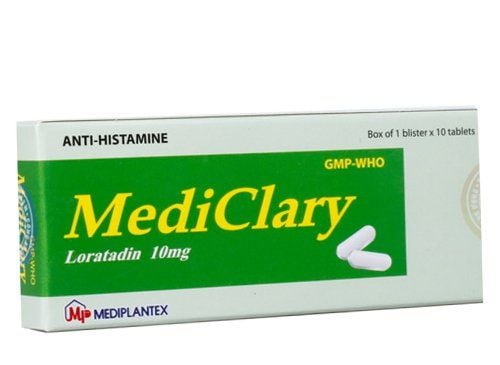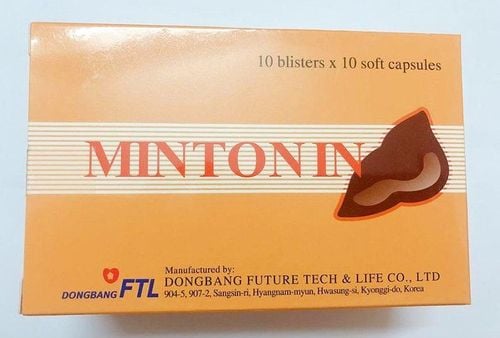This is an automatically translated article.
Liver is a dangerous disease that has a silent progression and causes many serious consequences for human health. Liver disease has many recognizable signs, in which skin manifestations of liver disease are often quite obvious. Let's find out how liver disease affects the skin through the article below.
1. How dangerous is liver disease?
Liver disease is a disease that develops in the liver due to genetics, viral infections, alcoholism and other causes, its typical manifestation is liver cell damage. These lesions can form fibrous bands that lead to liver failure and, if left untreated, can be life-threatening.
When the liver is damaged, toxins, viruses, bacteria in the liver will accumulate more and more, but they will not be processed by the liver, but will directly or indirectly activate Kupffer cells that are overactive and released. Many inflammatory substances lead to the death of liver cells. From there, it can greatly reduce, even lose the ability of the liver to detoxify, making the disease worse.
Patients with liver disease, if not detected and treated promptly, are prone to many dangerous complications such as:
Hepatopulmonary syndrome: Common in patients with chronic liver failure or acute liver failure. When in the terminal stage, the ability to detoxify is reduced, causing vasodilation in the intestines and lungs, leading to hypoxia. With hepatopulmonary syndrome, the patient feels short of breath even when resting. Hepatic encephalopathy: This is the most severe complication and occurs most often in patients with chronic liver disease. Due to the accumulation of untreated toxins leading to impaired brain function, the central nervous system is severely damaged. Esophageal varicose veins: Can cause rupture, heavy bleeding, life-threatening to the patient.

Mắc bệnh gan nếu không được phát hiện và điều trị kịp thời có thể gặp biến chứng bệnh não gan rất nguy hiểm
2. Three skin manifestations of liver disease
2.1. Itching can be a simple skin disease, but it can also be a manifestation of liver disease. The liver is responsible for neutralizing toxins and eliminating them from the body. If you have liver disease, this ability will decrease and those toxins will accumulate under the skin causing rashes. How does liver disease affect the skin? For the rash caused by liver disease, the patient often has a rash or boils that often appear suddenly on the skin, appear with clear limits and tend to spread more and more throughout the body. . The density of the red areas is increasing. Hard to the touch. The rash is usually dull itch, hot, and changes in density when the external environment changes.
2.2 Skin that bruises easily The liver has a role in releasing proteins needed for blood clotting. However, when the liver is damaged, these proteins are reduced and bruises are more likely to appear. People with liver disease can bruise even with the slightest touch. This condition often occurs in people with serious liver disease. Bruising is a fairly typical skin manifestation of liver disease.
2.3 Jaundice When the amount of bilirubin in the blood increases, it causes jaundice. Bilirubin is one of the breakdown products of hemoglobin that is yellow. As old red blood cells die, hemoglobin is broken down, converted to bilirubin, and dispersed into the bloodstream.
Normally, bilirubin is removed from the blood by the liver, which the liver metabolizes and excretes bilirubin into the bile. But when the liver is damaged, this process of elimination and metabolism is interrupted. At this time, the concentration of bilirubin in the blood exceeds the allowable level and seeps back into the blood, causing the skin to appear yellower than normal. When bilirubin is too high, even the skin can darken and turn brown.
Some diseases of the biliary tract such as: cholangitis, sclerosing cholangitis, cholecystitis, bile duct obstruction, common bile duct cyst... also reduce the flow of bile, facilitating bilirubin permeation into the bloodstream, causing jaundice.

Vàng da có thể do viêm gan
3. What to do when noticing skin manifestations of liver disease?
We can recognize the manifestation of liver diseases through the skin. When you notice the abnormalities as mentioned above, you should go to the hospital for examination. Here, the doctor will go through a clinical examination and perform tests to find the cause. Currently, the subclinical diagnosis is usually indicated by tests such as blood count, X-ray imaging, CT scan, liver biopsy...
Skin manifestations of liver disease very easily confused with other common diseases or overlooked. Therefore, people should be alert when noticing the symptoms of liver diseases on the skin as mentioned above.
Liver disease often causes many dangerous complications, so in addition to learning knowledge about this disease, people should proactively have regular health check-ups or disease screening to have an appropriate treatment plan if they are infected. .
Besides, liver diseases partly come from lifestyle. So, practice for yourself a healthy lifestyle to protect your health.
Please dial HOTLINE for more information or register for an appointment HERE. Download MyVinmec app to make appointments faster and to manage your bookings easily.













